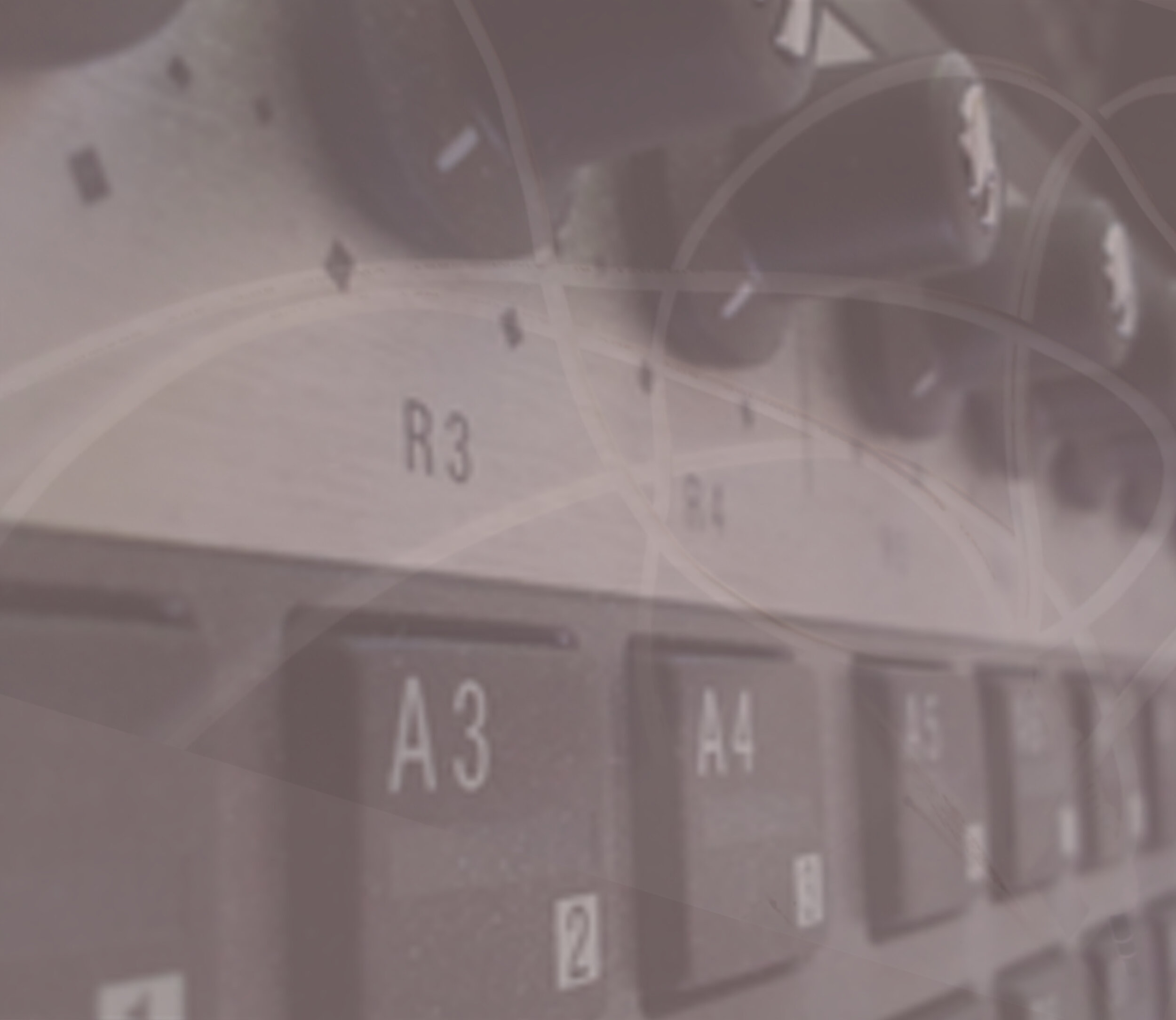
Whizz Songs at the Radiophonic Workshop
I had started work at the Radiophonic Workshop whilst still being involved with Ditchling in Sussex. John Ferdinando and I were writing and producing a series of shows for our theatre company called ‘Whizz’, and when it came to recording backing tracks for the songs, I was able to use the workshop as a recording studio. Inevitably, many of the synths and radiophonic techniques crept into the song recordings. In fact, you can trace the different periods of gear progressively through the songs.
‘Fizziology’, a fairly basic instrumental achieved using primitive overdubbing on my Revox 736, was not recorded at the workshop but in a flat in Hammersmith. What now makes it memorable is the synth line. I borrowed what was called the suitcase Synthi A from the workshop and perched it on the dining room table.
Later, now that I could use the Studer Multitrack in my studio, I was able to produce more sophisticated tracks. Some still used weird and wonderful devices.
The song ‘I Wanna Be Human’, which features some early computerised voices, was achieved using a sort of Dalek-like modulated voice for the verse lyrics, and what was referred to as a ‘talk box’ for the responses.
The talk box (a far less sophisticated version of the Sonovox, used for Sparky’s Magic Piano) consisted of a small speaker mounted at the bottom of a long plastic tube, which reduced in diameter along its length. The far end of the tube, which measured about half an inch, was then placed in the mouth. Chords (or similar sounds) were then played through the tiny speaker. They would arrive in the mouth, and would be shaped by the user mouthing the words of a song. The result would then be picked up by a microphone and recorded into the mix. The plastic was soft and impossible to clean, and the whole thing was extremely unhygienic.
Tracks like ‘Dance of the Pink Meringue’ are quite simply an ARP-fest. I was getting to grips with the synth at the time, and probably relished the opportunity to put it through its paces.
In many other songs the tones of the Yamaha CS-80 are clearly heard. The instrumental break in ‘X-Certificate’ is a good example of playing the many tabs on the surface of the instrument, to give vibrato and ‘grit’ to notes played on the keyboard, which also have further modulations on velocity and aftertouch. After all, for this song you weren’t expected to be subtle!
All this was only possible because of the forward thinking of the Head of the workshop, Desmond Briscoe. He was happy for us to do any amateur outside work if it broadened our horizons, and gave valuable experience.
<< The Geek Room Contents Whizz Songs from the Shows >>
All music and lyrics © Peter Howell

